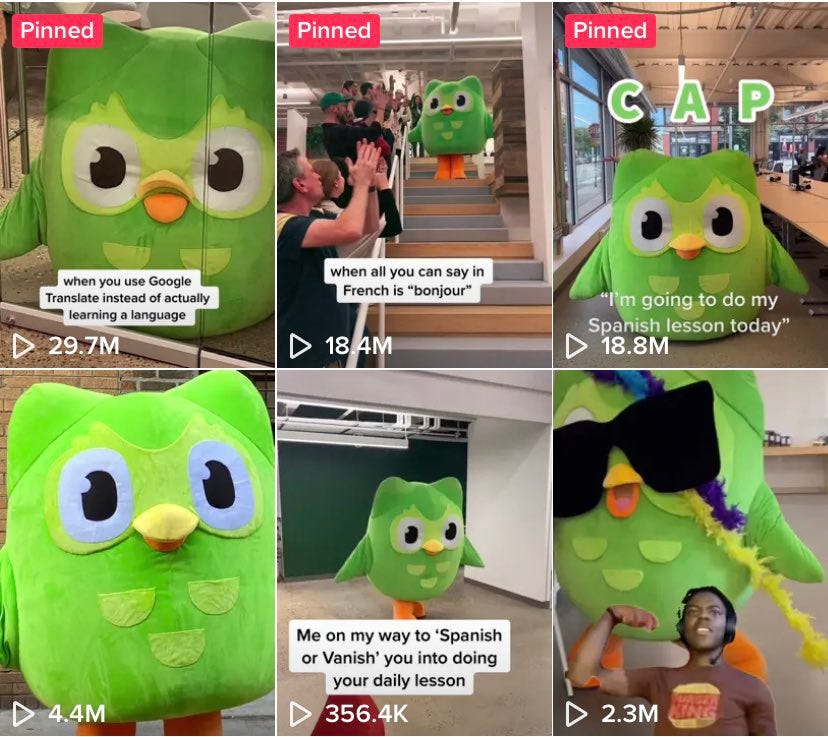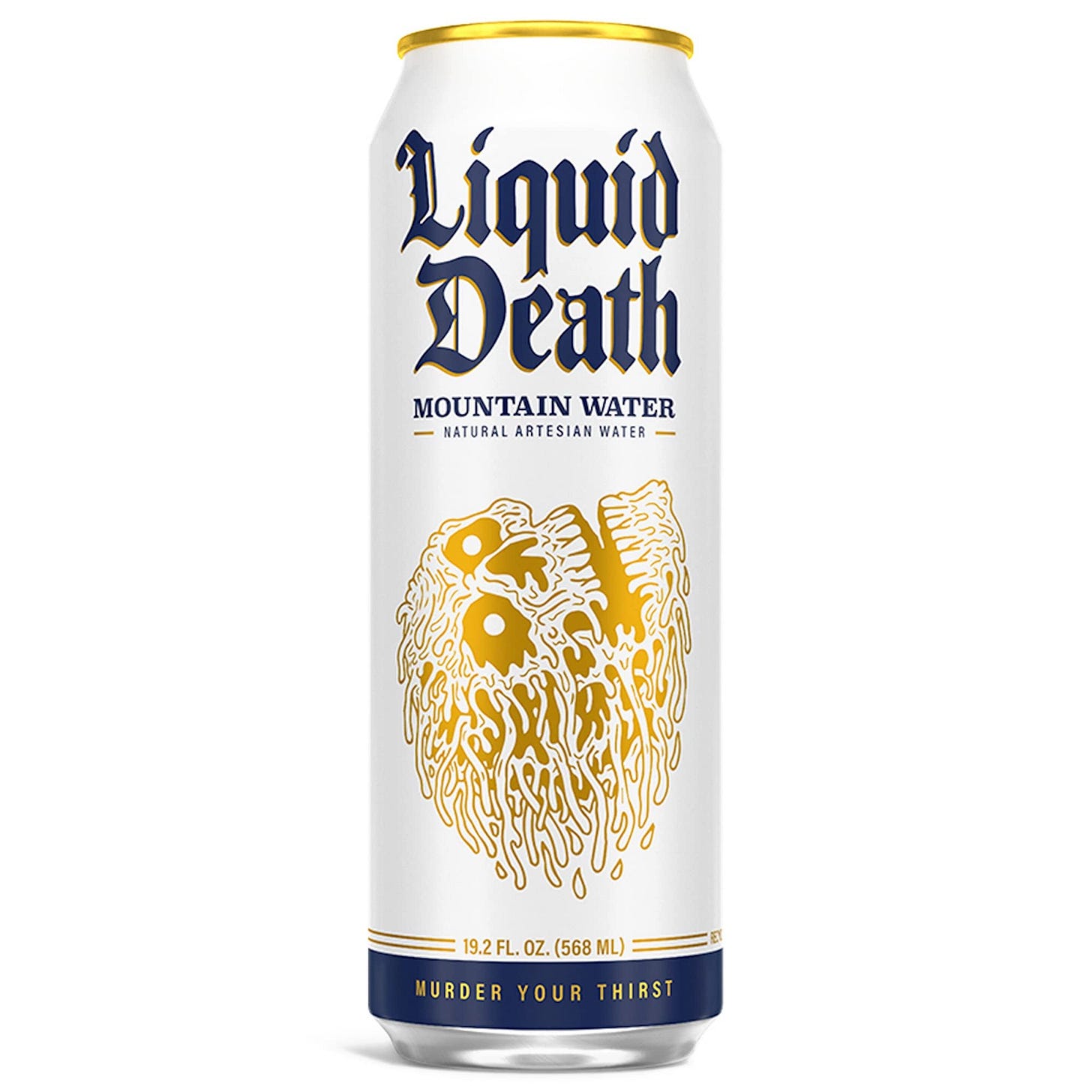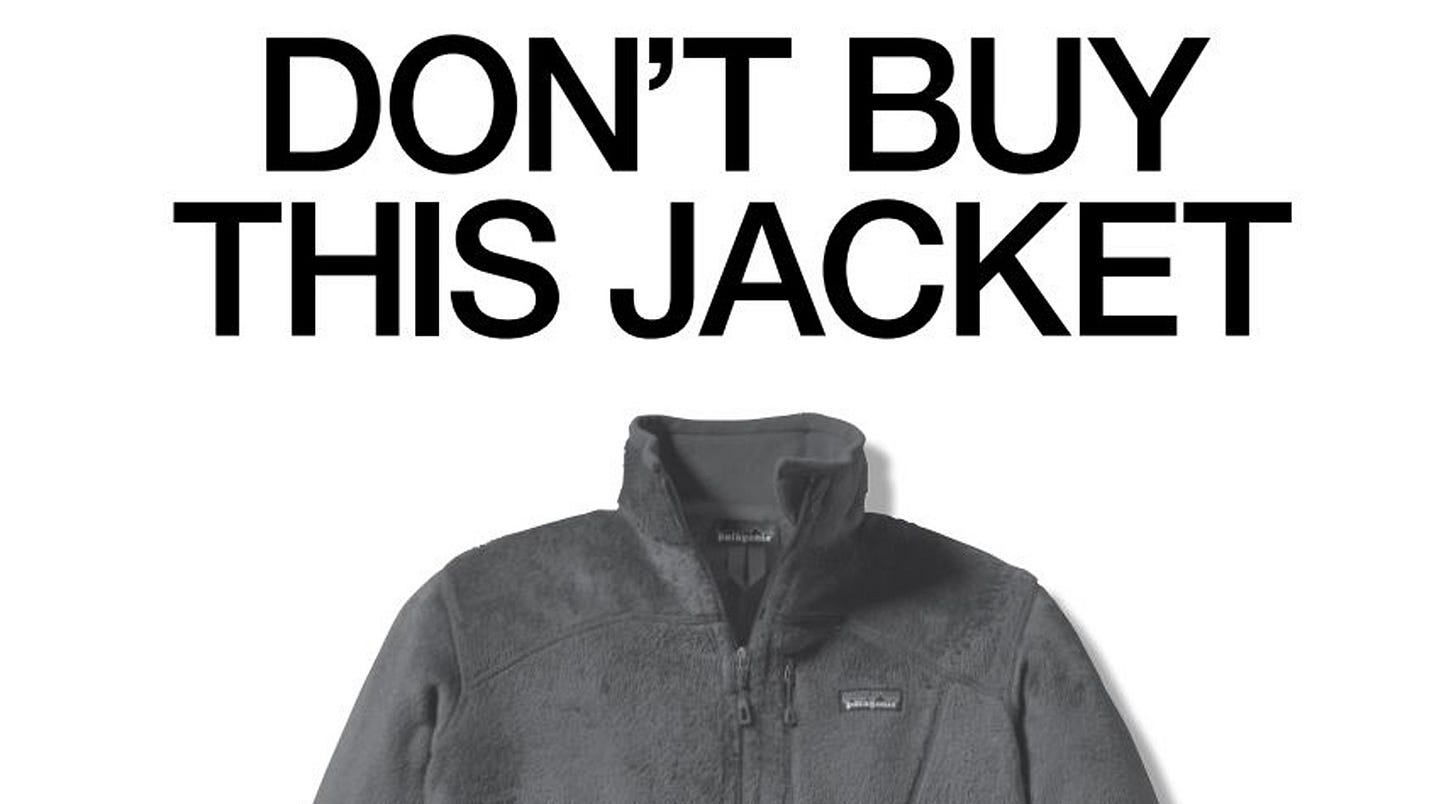Why a “Better Product” Won’t Save Your Startup
Built a better product? Great. But 98% of startups fail not because they’re bad but because they’re just ‘better.’
Uncharted Snippets 🔎
Quick hits on what’s happening and why it matters:
Netflix vs. YouTube: The Attention War
Netflix wants a piece of YouTube’s territory. Reality shows, interactive formats, and community-building content are their ammo. Lesson: Platforms shift fast. Ignore where audiences are heading, and you’re already irrelevant.
An AI newbie landed half a million bucks a year by grinding on side projects and relentless networking. Lesson: Talent’s overrated. Hustle and late nights still win.
ChatGPT Pro for $200: Must-Have or Overhyped?
Need VIP AI access and a smarter chatbot brain? Sure, if you’ve got budget to burn. Otherwise, the free tier is fine. Lean teams survive by asking “Do we really need this?” before pulling out the credit card.
This Week's Reality Check ✅
A “Better Product” won’t save your startup
Oh, you built a better product. Interesting.
Let me guess…
Your AI is more accurate?
Your blockchain is more secure?
Your SaaS dashboard has that gorgeous dark mode?
We’ve all been preached the gospel of product superiority. You know, make the best product, and customers will flock to you.
But, in that case why aren’t customers ramming down your door?
Better doesn’t win. Different does.
iPhone isn’t the 'best' phone:
Samsung wins on cameras
Android on customisation
Flip phones on innovation (kinda)
Apple wins because it sells identity, not hardware. It’s a badge of status, not specs.
That’s what being “better” can’t touch.
1. The “Better Product Fallacy”
Why “Better” doesn’t cut it:
Marginal Gains = Meh: Unless you’re 10x better, customers won’t bother switching.
Easily Copied: Better features? They’ll just copy you.
Drowned Out: Everyone’s shouting 'we’re better,' but it all becomes noise.
Consider Tesla.
Tesla didn’t just make an incrementally better car, they redefined what a car company could be—an electric, software-driven status symbol for the eco-savvy.
And Airbnb:
Airbnb didn’t win by offering fluffier pillows than hotels; they let you “Belong Anywhere,” tapping into community, authenticity, and adventure.
2. Stop selling features. Sell feelings.
Features alone are not enough.
Customers crave feelings—security, pride, a sense of belonging to a movement.
As Theodore Levitt famously said, “Customers don’t buy products—they buy the promise wrapped around them.”
At the digital-only bank I launched, we tried feature comparisons.
No dice.
The big banks had deeper pockets, more products, hundreds of features and decades of brand equity.
So we went back to the drawing board and did more focussed customer research and discovered:
“Hidden fees make me feel ripped off.”
“Contracts are impossible to understand.”
“I don’t trust banks to have my back.”
We leaned into their frustration and built The Straight-Talking Online Bank.
Once we leaned into honesty (“No sneaky terms,” “No hidden fees”), we weren’t just better—we were different.
Imagine.
In banking, “Honesty” is a differentiator.
People loved it.
They felt safe, understood, respected.
We started to grow through clear differentiation.
3. Crowded markets aren’t the enemy
If a market’s crowded, it means people care enough to show up.
That’s not a threat—it’s an opportunity.
In the crowded energy drinks market, Prime Energy didn’t try to out-do Red Bull on taste or Monster on price. They tapped into hype, exclusivity, and cultural relevance.
Prime didn’t just join the game—they changed it.
4. Your competitors can copy features, not connection.
Obsessing over competitors? Stop. It kills originality.
Customers don’t want clones—they want bold brands that listen.
At the digital bank, we almost ditched two-factor authentication. It felt clunky, and no other bank was using it. But when we talked to customers, they loved this “clunky“ step. That extra step made them feel secure, like their savings were untouchable.
Turns out there’s such a thing as positive friction in products.
Without those conversations, we’d have killed something that actually built trust.
Competitors can mimic your tech.
But they can’t mimic the insights you build by listening.
That’s your moat.
5. Playing it too safe Is the fast track to failure
Winning startups don’t play it safe.
They’re bold, weird, and impossible to ignore—that’s the playbook.
Take Duolingo:
Their TikTok presence is pure chaos: an unhinged mascot, absurd humor, and zero polish. It’s not for everyone—and that’s the point.
Or look at Liquid Death:
The water brand that broke every brand rule in the book. They didn’t market water like a wellness product—they made it heavy metal. Canned water with a logo that looks like it belongs on a Slayer album? It’s absurd. But it worked. Liquid Death went from being a joke to a $1.4 billion brand by doing the one thing most startups are afraid to do: being unapologetically themselves.
And then there’s Nutter Butter:
Nutter Butter leaned into absurdity with their cheeky, over-the-top campaign—perfect for standing out in a boring snack market.
Love them or hate them, at least people are talking about them. In a saturated market, attention is half the battle.
Polarising isn’t a bug—it’s a strategy.
The power of being different
Stop tweaking features.
Try these counterintuitive strategies instead:
Create Positive Friction: Sometimes making things slightly harder builds trust. That’s why two-factor authentication, despite being "clunky," actually attracted customers in our banking app.
Embrace Imperfection: Perfect is boring. Nutter Butter's deliberately over-the-top marketing succeeds precisely because it's imperfect.
Build Emotional Moats: While competitors can copy your features overnight, they can't replicate the emotional connection you build with customers. That’s why Apple's "Think Different" campaign worked—it wasn’t about products, it was about identity.
Leverage Storytelling: Create a compelling brand narrative that resonates deeply with your target audience, making your brand memorable, distinct and relatable.
How to stand out right now
Here’s how to stop blending in and start standing out:
Simplify your message. If your value prop doesn’t fit on a Post-it, it’s too complicated. Think: Airbnb’s “Belong Anywhere.”
Sell transformation, not tools. Slack isn’t a messaging app. It’s “where work happens.” What’s your version of that?
Take risks. Safe is forgettable. Patagonia said, “Don’t buy this jacket.” It was risky, but now they’re iconic.
Surprise people. Quirky Easter eggs. Handwritten thank-yous. Upgrades out of nowhere. Small gestures build massive loyalty.
Regularly Speak to Your Customers: Continuously refine your unique selling propositions to align with what people actually want. It’s not always what you think they need.
Action step
Talk to your top three customers this week and ask them:
“What made you choose us initially, and why do you stay?”
Their words will rewrite your pitch. Forget assumptions—use real emotions to sell what actually matters
My final thoughts
Your investors didn’t back you to build better product.
They backed you to change the game.
That’s not going to happen by building a slightly “better” version of what already exists.
Salesforce didn’t beat Siebel by being better. They made on-premise CRMs feel like an ancient relic.
In saturated markets, love or hate beats apathy. Be bold. Be weird. Be remembered.
This leads us to the "Purple Cow Paradox" (hat tip, Seth Godin.) In a field full of well-crafted products, being remarkable matters more than being better.
The real question isn't "How can we be better?" It's "How can we be different in a way that makes the competition irrelevant?"
Answer that, and you might just find yourself creating a whole new market instead of fighting for scraps in an existing one.
Stop chasing 'better.' Start being unignorable.
Until next week's reality check,
Martin
P.S. Know someone stuck in 'better'? Forward this to their product team—they need this more than you do
Tool of the week - LipDub AI
LipDub AI doesn’t just sync audio—it gives your content an edge in a crowded world. Whether you’re pitching or building a brand, standing out has never been easier.
The Rabbit Hole - Go Deeper on Differentiation
Check out these hand-picked resources:
Essential Reading
Marketing Success Through Differentiation—of Anything (Harvard)
The Art Of Brand Differentiation: Strategies For Lasting Impact (Forbes)
Book Recommendation:
“Building Distinctive Brand Assets” by Jenni Romaniuk
This book is a masterclass in owning the visuals, language, and emotions that make your brand unforgettable.
This piece is part of my Innovation pillar in the G.R.I.T. framework - focused on helping you scale intelligently without burning out or burning cash.










Great article! Two points really struck a chord with me: the value of building emotional connections that competitors just can’t copy and the impact of bold, risk-taking strategies in crowded markets. Emotional connections are what truly set brands apart, especially when features can be easily imitated. Taking steps to build trust - even if they’re a little inconvenient, can leave customers feeling secure and valued. And when brands break away from the usual and surprise their audience, it creates loyalty by tapping into something deeper.
Taking risks in how a brand presents itself is just as important. Bold moves that challenge the norm spark conversations and leave a lasting impression. Safe, predictable approaches often fade into the background, but thoughtful risks make a brand stand out and resonate with its audience in a way that’s hard to forget.
I would suggest Al Ries & Jack Trout books.